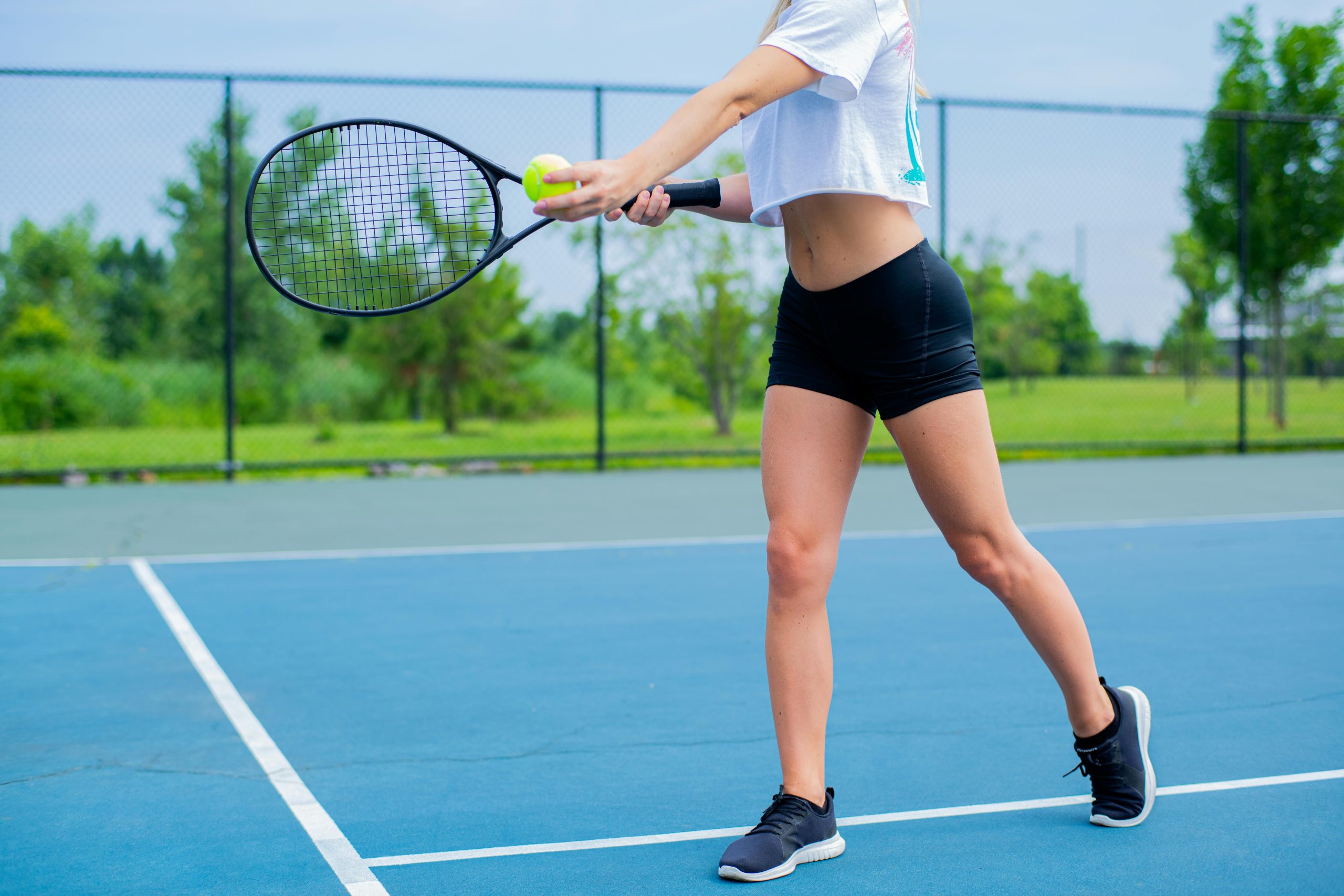Tennis elbow, or lateral epicondylitis, is a common yet painful condition affecting tennis players and other athletes who rely heavily on repetitive arm motions. Characterised by inflammation of the tendons on the outside of the elbow, this condition can significantly impact performance, making it difficult for players to grip, swing, or lift. Low-Level Laser Therapy (LLLT) provides a powerful, non-invasive option for alleviating the pain and inflammation associated with tennis elbow, enabling faster recovery and a return to peak performance.
How Laser Therapy Relieves Tennis Elbow Pain
LLLT works by applying specific wavelengths of light to the affected area. Unlike high-powered lasers, which can generate heat and damage tissue, LLLT uses low-power light that penetrates the skin without causing discomfort. Once absorbed by the cells, this light energy triggers various biological responses that help reduce pain and support healing. Here’s how laser therapy targets tennis elbow effectively:
- Reducing Inflammation: Laser therapy helps decrease inflammation around the lateral epicondyle, where tennis elbow pain originates. By reducing inflammatory cytokines and stimulating natural anti-inflammatory responses, LLLT alleviates pressure on surrounding nerves, reducing pain and swelling.
- Promoting Cellular Repair: LLLT enhances the activity of mitochondria, the energy-producing components of cells, by increasing ATP production. This provides the cells with more energy to repair damaged tendons, reduce scar tissue formation, and regenerate healthy tissues.
- Alleviating Pain Naturally: By modulating nerve activity, LLLT reduces the sensitivity of pain receptors in the affected area. This can provide relief from persistent pain, allowing players to continue essential stretching and strengthening exercises without discomfort.
Key Benefits of Laser Therapy for Tennis Players
For tennis players suffering from tennis elbow, the benefits of laser therapy are substantial:
- Accelerated Recovery: Laser therapy can significantly reduce the recovery time for tennis elbow, allowing players to return to their training and matches faster than traditional therapies.
- Non-Invasive and Drug-Free: LLLT is a safe alternative to pain medications and steroid injections, which often come with side effects. Laser therapy offers a natural way to relieve pain without the need for invasive treatments.
- Improved Range of Motion and Strength: As inflammation decreases and tissue repair progresses, players often experience restored flexibility and strength in the affected arm. This allows them to grip and swing more comfortably, reducing the risk of re-injury.
Home Treatment Options
For those looking to incorporate Low-Level Laser Therapy (LLLT) at home, the Handy Pulse Laser offers an effective, user-friendly solution. Compact and portable, this device combines dual wavelength technology to target both surface-level and deeper tissues, making it ideal for managing tennis elbow pain. Its adjustable power settings allow users to customise their treatment, ensuring gentle relief for mild pain or more intensive therapy for pronounced discomfort. The Handy Pulse Laser provides a non-invasive, drug-free approach to pain relief, empowering athletes to reduce inflammation, enhance recovery, and return to peak performance with greater ease.
Enhancing Performance and Preventing Future Injury
LLLT isn’t just beneficial for recovery; it can also help tennis players maintain strong, healthy tendons to prevent recurring tennis elbow. Regular use of laser therapy as a preventive measure strengthens soft tissues, reduces inflammation, and boosts circulation, all of which contribute to greater resilience during play. For tennis players aiming for long-term performance without the limitations of chronic pain, laser therapy provides an effective solution that optimises recovery and keeps them in top form.
Other adjunct treatments that go hand in hand with LLLT are strengthening and stretching exercises for tennis elbow. The combination of these techniques are invaluable for preventing recurrence of the elbow injury in the future. A valuable guide of tennis elbow exercises can be found here National Center for Biotechnology Information’s guide on musculoskeletal pain relief.
By targeting the root causes of tennis elbow pain and supporting natural tissue repair, laser therapy stands out as a must-try option for athletes. It empowers tennis players to recover faster, play stronger, and enjoy the game without the constant worry of pain or injury.
